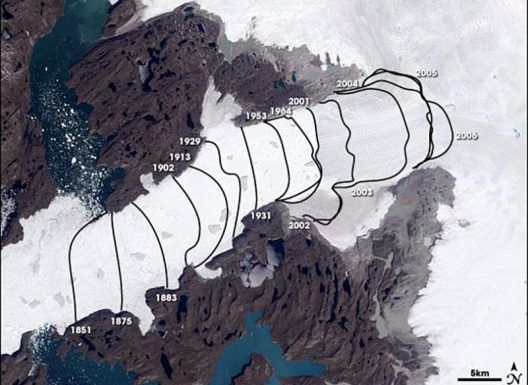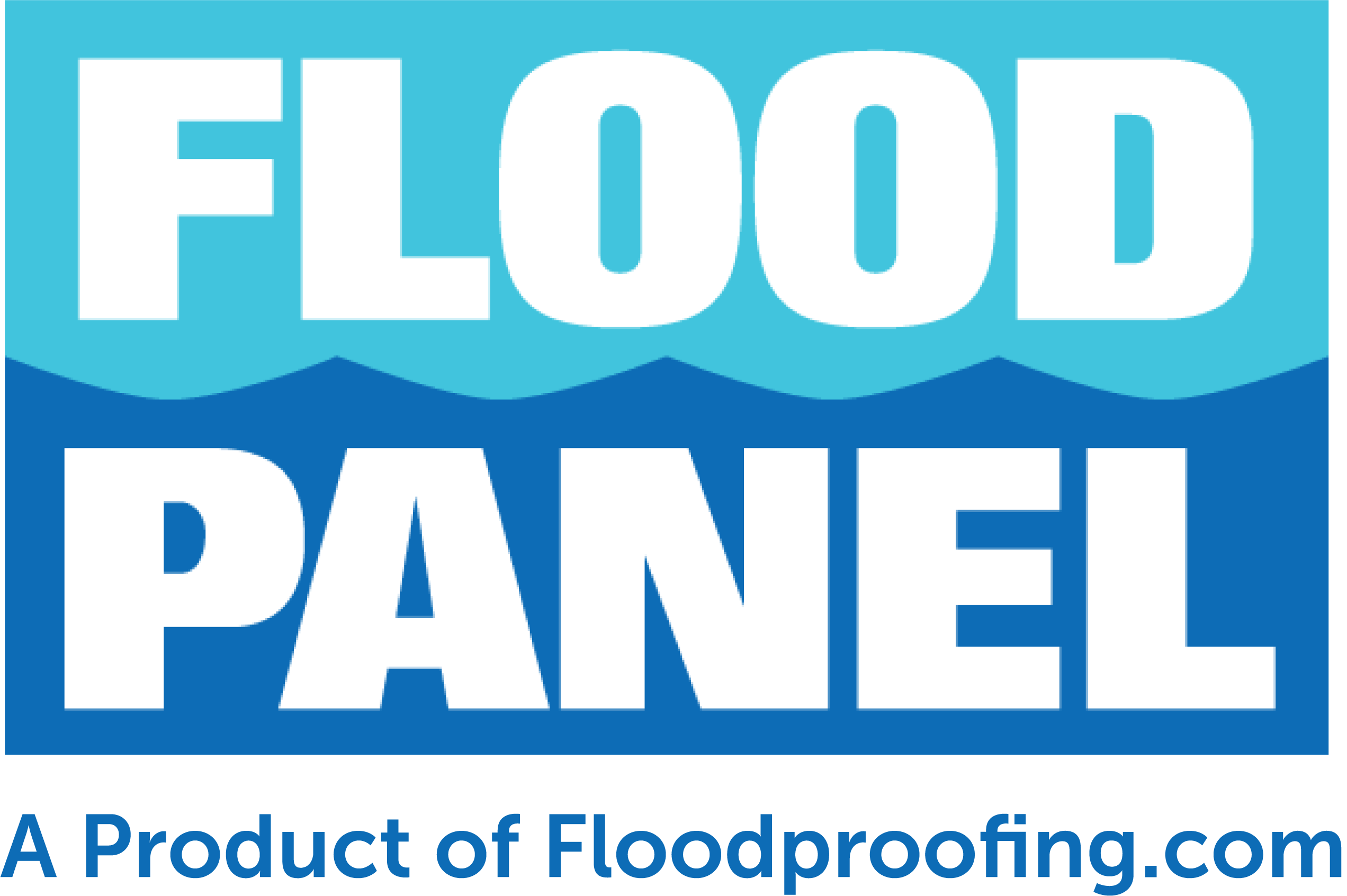Call Us Today - 1 (860) 222-3055
Blog
Media Contact
Email: media@floodpanel.com

The Trouble with Greenland’s Glaciers
Scientists have learned that the glaciers of Greenland and Antarctica are melting far faster than previously suspected, creating a flooding hazard to coastal communities all over the world. It is now known that many glaciers that appear to be healthy and solid from above are in fact melting from within, below the surface. This subsurface rot is suddenly revealed when huge glacier formations suddenly fracture, revealing a large empty space beneath, where the ice has already melted. A good analogy is to think of a decayed tooth. The tooth may look and feel strong, but if a cavity lurks beneath the healthy enamel, it can eat away at the tooth from inside, until it one day breaks apart. This is currently happening to huge glaciers in various parts of the world.
There is one place on earth that is causing the most concern regarding global warming in general and melting glaciers in particular. This is the great frozen island of Greenland, which is entirely covered by a huge ice sheet. For reasons not yet fully understood, the glacial ice sheet that covers Greenland is melting much faster than other glaciers. The melting and fracturing of massive glaciers in Antarctica has been reported in the news frequently, with alarming video of enormous icebergs calving and breaking apart. One glacier on the Larsen Sea Shelf calved a stupefyingly huge chunk in late 2018, and the iceberg that broke off was more than four times the size of Manhattan! As scary as this Antarctic melt truly is, the melt that is taking place in Greenland is even worse.
This Landsat data image shows how the Jakobshavn-Isbræ glacier retreated, from left to right, up the Ilulissat fjord between 1851 and 2006. Courtesy NASA Earth Observatory
But all this melting of glaciers and calving of icebergs is not causing hazards exclusively on a local basis. It is not only polar bears and walruses that will be negatively affected by this rapid melt. The freshwater that is pouring into our seas from the melted glaciers in Greenland is creating many, many other threats — up to our own front door, thousands of miles away. For example, the introduction of all this suddenly unlocked freshwater affects salinity, ocean currents, atmospheric conditions, and of course, sea level rise. All these factors affect much more than our oceans!
By the end of this century, it is expected that the planet will see a sea level rise of between half a meter and two meters, or perhaps even more. We have all seen the scary projected maps showing half of Florida swallowed by the sea, but unless we live on the Florida coastline, many of us still continue to underestimate the devastation that sea level rise will bring to all of us. In addition to losing millions of homes, farms, businesses, harbors, infrastructure, and even fisheries, sea level rise will also impact all of us by putting into motion the forces that create stronger and more frequent hurricanes, tornadoes, droughts, monsoons, and even wildfires. In short, we will all be affected, to some extent, by the glaciers melting in Greenland, no matter where we live.
While the worst of this dire future remains outside the life span of people alive today (and it is hoped that corrective measures may be able to reverse or slow the threats) some of these effects are already being felt today. Sea level rise is indisputably eating away at our coastal communities, and flooding is an ever greater threat with each year that goes by. Fortunately, great innovations in the area of flood defense are giving businesses and homeowners important flood-fighting weapons in the struggle against floods. Even as floods become more powerful and frequent, so the flood barriers are constantly being improved and adapted to stay one step ahead of the threat.
Source:: FloodBarrierUSA
Tell us about your project
We look forward to the opportunity to earn your business and to become a value-added partner on your design and construction team.
Contact Us
Contact Us
Phone:
1-860-222-3055
Address: 1555 Jupiter Park Drive, Suite 5, Jupiter, FL 33458
